Why Don’t People Follow Procedures?

We always start our Well-Defined Processes Class by asking the participants “what’s wrong with your policies and procedures where you work?” and we always get the same answers. Students come to the class from different industries, companies, and geographies and yet we still get the same answers every time. So what are the real reasons behind why people don’t follow procedures?
Reasons People Don’t Follow Procedures
There are many reasons why people don’t follow procedures. People tell us how hard it is to to follow procedures because often times they are outdated, too long, not readily available, too complicated, or even worth reading in the first place.
Are Your Procedures Up-To-Date?
One reason why people don’t follow procedures is because they aren’t up-to-date. People tell us how hard it is to keep their procedures up-to-date. Information gets stale fast and it is difficult keeping procedures current and relevant without becoming outdated.
Are Your Procedures too Long?
Another reason is that the procedures are too long in the first place. If you have a 35-page procedure then, yes, it is difficult to keep all 35 pages up-to-date. Especially, if the procedure is unclear, overly complicated or just too difficult to understand in the first place.
If your people were using the procedures then they would get updated with the latest information. An unused procedure is one that is not updated either. Revisions are an indicator of usage and revisions help to create effective procedures.
 Are Your Procedures Available?
Are Your Procedures Available?
Perhaps your people can’t find your procedures. Maybe they don’t even know you have a procedure. And when they go to look for one, if they can’t find it on the server, where it is supposed to be, they figure you don’t have one.
That means your configuration management is suspect. An uncontrolled procedure implies your system is out of control.
Are Your Procedures Complicated?
Sometimes procedures are just poorly designed, without a good format to navigate around. An inconsistent format that changes with every department can confuse your readers. It helps to think about who procedures are written for when designing your procedures.
Procedures are training aids. So, frequent users don’t really need the procedure at all. Occasional users need a reminder of what needs to get done and novice users need a lot of description. Perhaps more than you can or will want to put into a procedure. In this case novices should use the work instruction.
Are Your Procedures Worth Reading?
I have also seen procedures that were too simple or generic. If your procedures are not offering helpful information then your employees will not have a reason to use them.
Poorly written procedures are just as bad as a procedure that is too generic. If your procedures are incorrect or wrong, of course people will not use them.
Top Ten Reasons People Don’t Follow Procedures:
- Procedures are out of date.
- Procedures are too long and wordy.
- Procedures are unclear, complicated or difficult to understand.
- Procedures are not easily available.
- Procedures are hard to find or locate.
- Procedures are uncontrolled or out of control.
- Procedures are too generic, general or simplistic.
- Procedures are incorrect, wrong or poorly written.
- Procedures are poorly designed or hard to navigate.
- Procedures are inconsistent using different formats.
How To Make Your Procedures Work For You
I couldn’t leave you with just the problem of why people don’t follow procedures. To understand how to make your procedures work you need to fix each of the problems.
- Develop a system that keeps your procedures current using intranets, social media constructs (blogs, wikis, SharePoint), software, or procedures management software designed for this purpose.
- Keep your procedures short and succinct so it is easier to update them.
- Use pictures, graphics, and examples to illuminate what you expect.
- Incorporate your procedures into the job at the point of use.
- Develop a system with easy access (see 1 above), make them searchable online, or make them part of the job (see 4 above).
- Revision control is required for ISO and must be part of the job (see 1 & 4 above).
- Eliminate generic procedures entirely and save paper.
- Keep procedures updated and useful and they won’t be wrong (see 1 & 4 above).
- Create a common format as part of your document control.
- Discipline the organization to follow your procedures. If they are part of the job then they are more likely to be followed (see 4 above).
Consider Your Communications Objectives
While capturing everything you learned while studying your process may help you, you don’t need to show that around. Think of your spaghetti diagram as homework, but think of your procedures as having a job to do. Your procedures are responsible for communicating know-how to someone who may have an alternate view of how a task should be done.
Think of your procedures as stories, with a beginning, middle, and end. After discerning your intent, we look in our library for something we have composed already that tells a similar story. But our procedure communicates flow, or how raw materials, information and labor come together to create value for customers.
By organizing the story around flow, we can simplify your procedures, not to mention the underlying processes. Flow should be a theme in all your procedures.
When we review a client’s procedures, we compare them to stories (e.g. procedures) that we have already written. We simplify client procedures so that they communicate flow. And we add measure and balance information at transition points to keep the underlying processes running smoothly.
Procedures Should Help Workflow
Think of workflow as the current in your favorite fishing or boating stream. When the stream moves at a “normal” pace, the water stays within its banks. However, if a larger-than-normal volume comes downstream, or if the normal volume encounters an obstacle (like a bunch of fallen trees), the stream rises. Soon, the stream has nowhere to go but out of its banks. What a mess.
To maintain work flow in your company, you need to know the measure and balance that should be maintained at each transition point in your process. For example, how much raw material should Receiving hand off to Production every hour? Every day?
Such concrete measure and balance information determines the tempo of your processes. Workers need to know the appropriate tempo to prevent production managers from being inundated with material, and prevent inventory from backing up.
Procedures communicate flow. And other kinds of documents and communications tools have other jobs. Thinking about and achieving all the business communication jobs needed to roll out a process and keep it humming along is what we call “implementation?”.
After Developing Your Procedures, Tell the Story
When we review a client’s procedures, we compare them to procedures, or stories, that we’ve already written. We simplify client procedures so they communicate flow. And we add measure and balance information at transition points to keep the underlying processes running smoothly, at the appropriate tempo.
That may end up being a lot of information — more than you would want to write in text form as a procedure — so we deploy communication tools: process maps, job aids, visual work boards, training, videos, etc. These tools get the right information to the right people at the right time, so they can do their work at the right tempo and stay in sync. Deploying communications tools in this way is how we achieve implementation.
Why Do People Follow Procedures?
People follow procedures when they are kept up-to-date, not too long, readily available, kept simple, or worth reading. Procedures must be useful and provide value to the reader. You may need other communications tools such as job aids or videos that are not strictly considered procedures, but which nonetheless help workers apply the procedures consistently. Process procedures optimization may require implementing lean, ISO or quality systems.

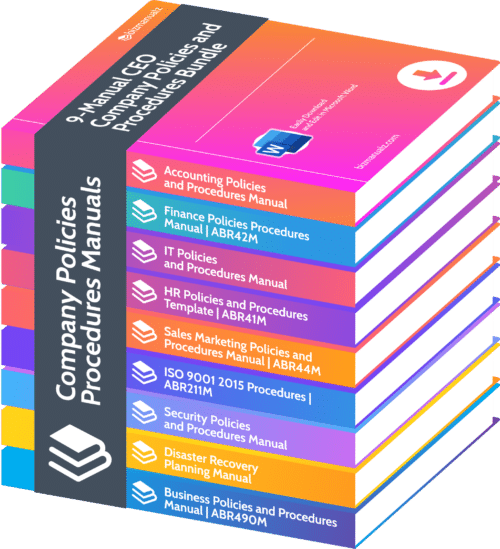
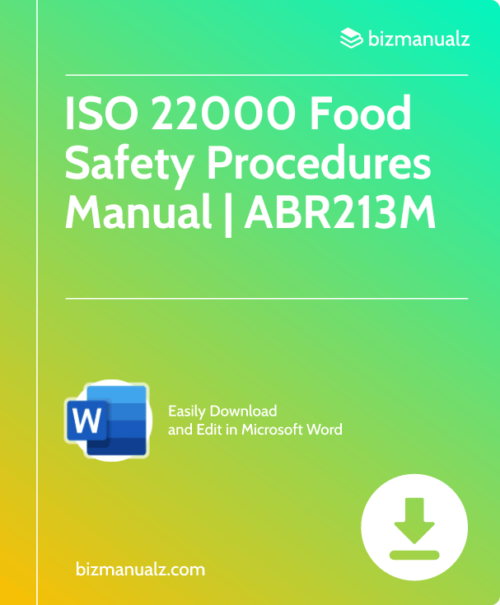
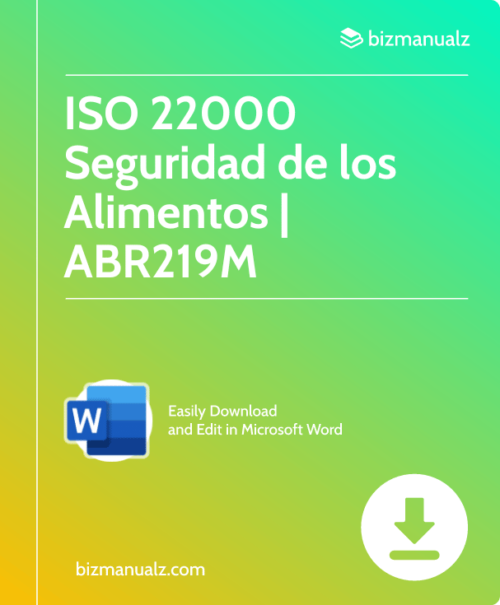
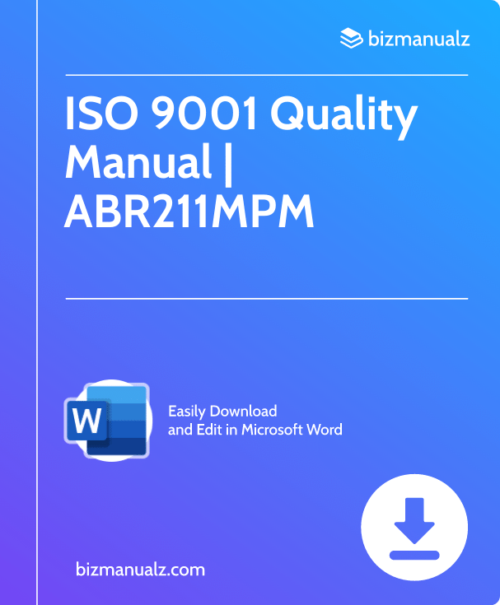
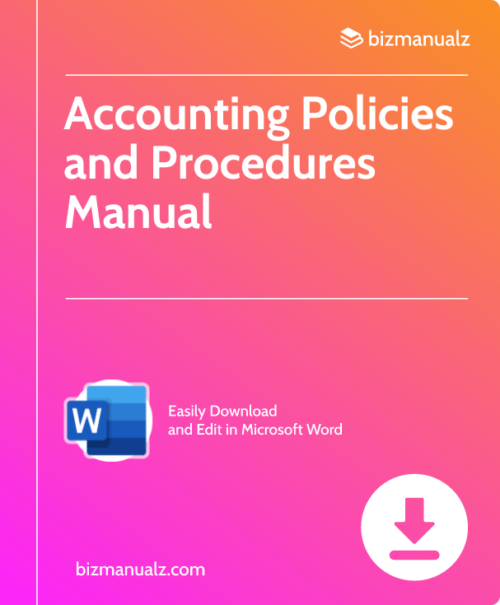
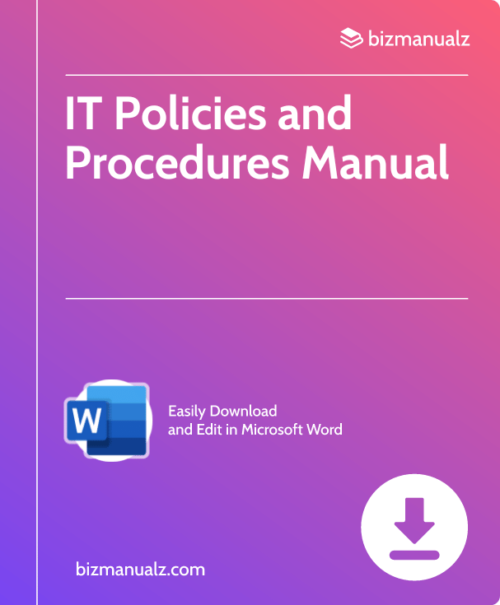
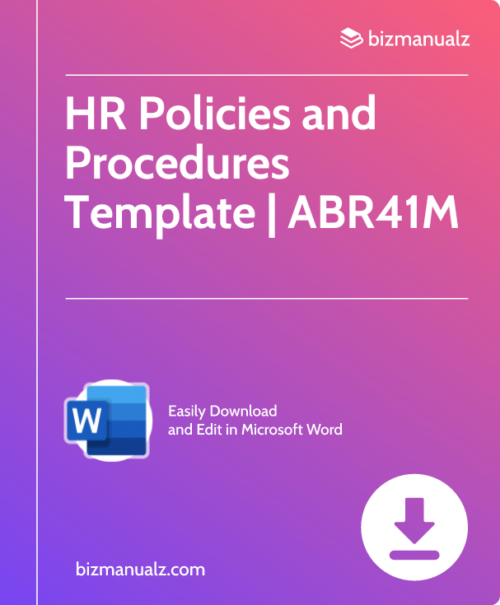
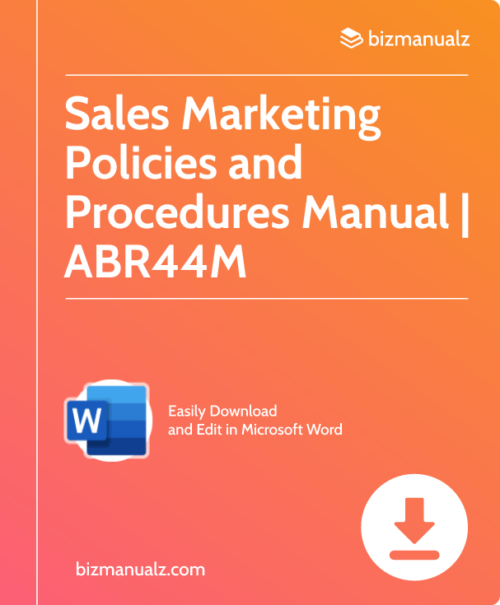
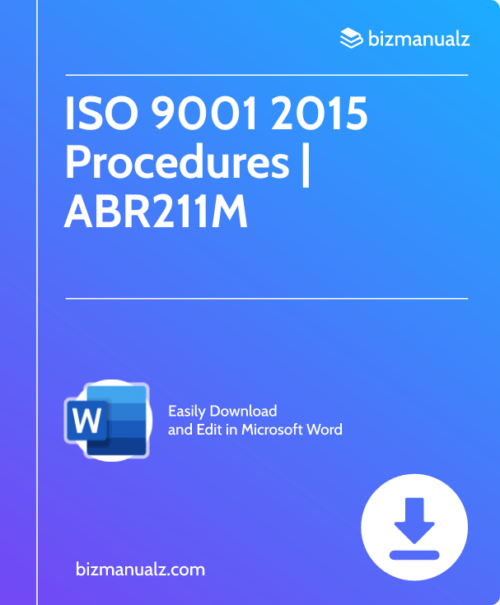
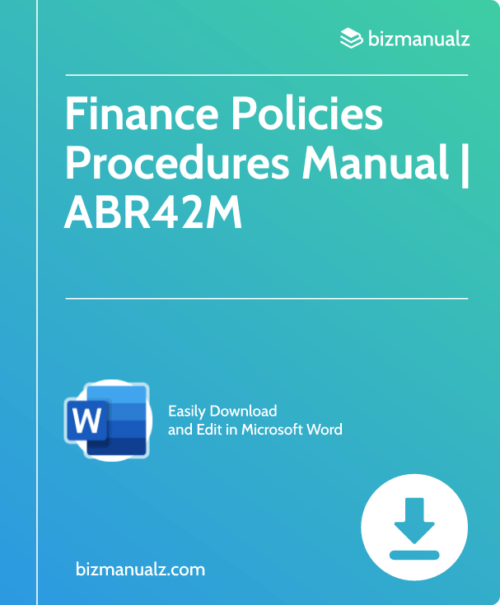
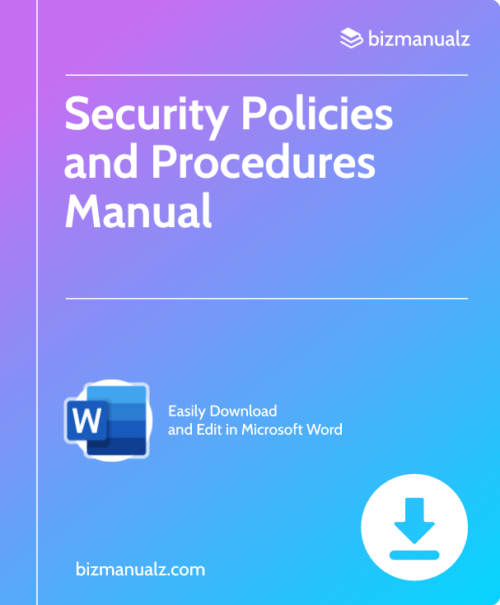
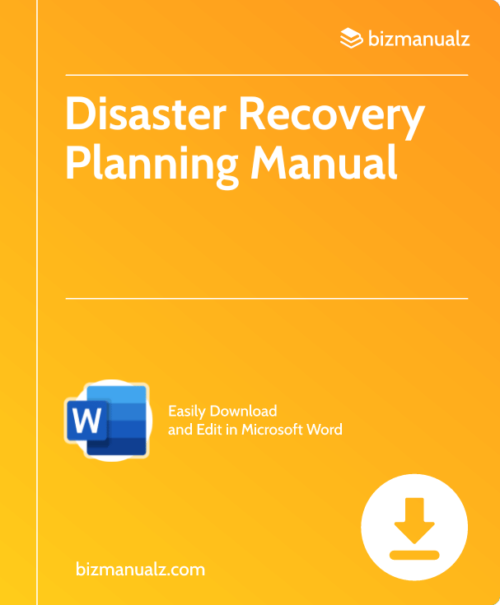
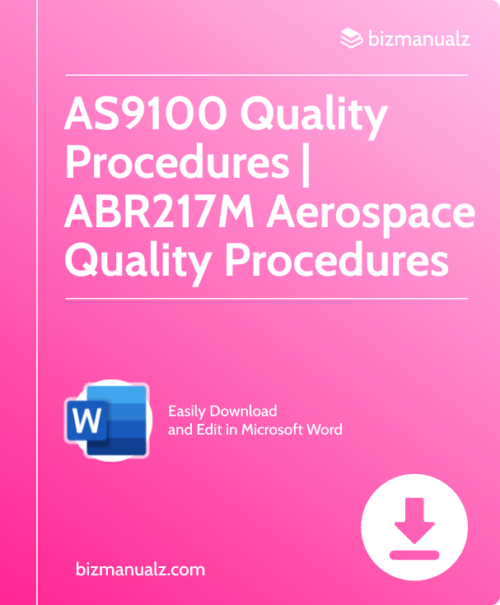
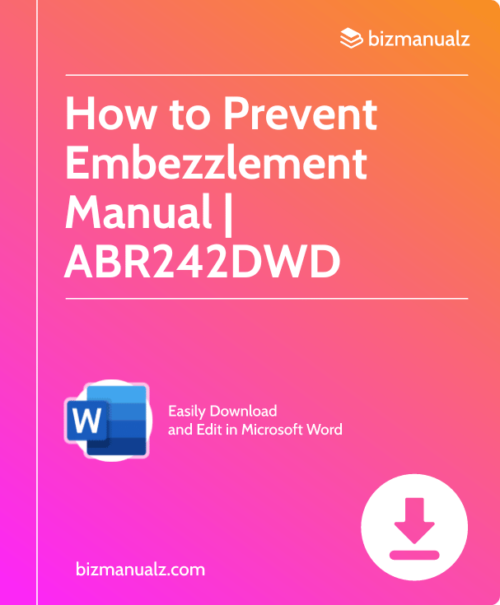
Procedures or work instructions (an Auditors Prospective)
1) Work procedures/instructions are the absolutely worst approach for attempting to transfer knowledge to employees. They are the lazy and ineffective management approach at attempting to transfer knowledge. The more technically difficult the task, the worse the situation will become if an organization relies upon work procedures/instructions to effectively transfer knowledge
2) They are inflexible, all processes have variation, yet written work procedures/instructions are ridged
3) For complicated tasks, work procedures/instructions will always be far to complicated, related to their length and technical terminology. It would be the equivalent of attempting to explain brain surgery in text or picture format.
4) Most work procedures/instructions are never validated to assure they provide a process to operators which is effective. They are usually written by an engineer who is disconnected from the functional operation of the process
5) Most work procedures/instructions contain terminology which are not in line with operator terminology, therefore they create confusion in many cases.
6) The majority of work procedures/instructions are outdated by the time they are published. As new manufacturing finished goods to to market in a far more rapid pace than in previous history, vast changes in product can occur within a few months. Although the new product release cycle has vastly shortened, new product publication of work procedures/instructions has not increased with the pace, therefore most work procedures/instructions are post product revision.
7) Manufacturing rarely allows operators time during each day to read work procedures/instructions provided. In most manufacturing situations that provision is completely absent, even though the organization requires operators to adhere to such work procedures/instructions.
What therefore is the EFFECTIVE alternative?
1) Train the people of your organization … think of the military, do they hand soldiers a loaded weapon and a work procedure/instruction and assume their due diligence for passing knowledge to that soldier is complete? Would you want soldiers with live ammunition behind you who were trained to use their weapon in such a manner?
2) What information an skills do employees come preloaded with which an organization can use to their benefit, to make their processes more effective?
Do all your employees know how to surf the web?
Do all your employees understand what Red, Yellow, Green means?
Do all your employees already know how to read left to right?
Do all of your employees know how a bar code works?
Do all of your employees know how to read the price tag of a shopping shelf?
Do all of your employees understand the concept of a panic button?
Construct your processes and related controls on those things to which your employees are already familiar and rely heavily upon visual type controls as opposed to procedures or instructions. Train your people as the military does, as if you are in the fight of your life….. because in business you are…..
Work Procedures/instructions are 1920s technology …. its time to move on…..